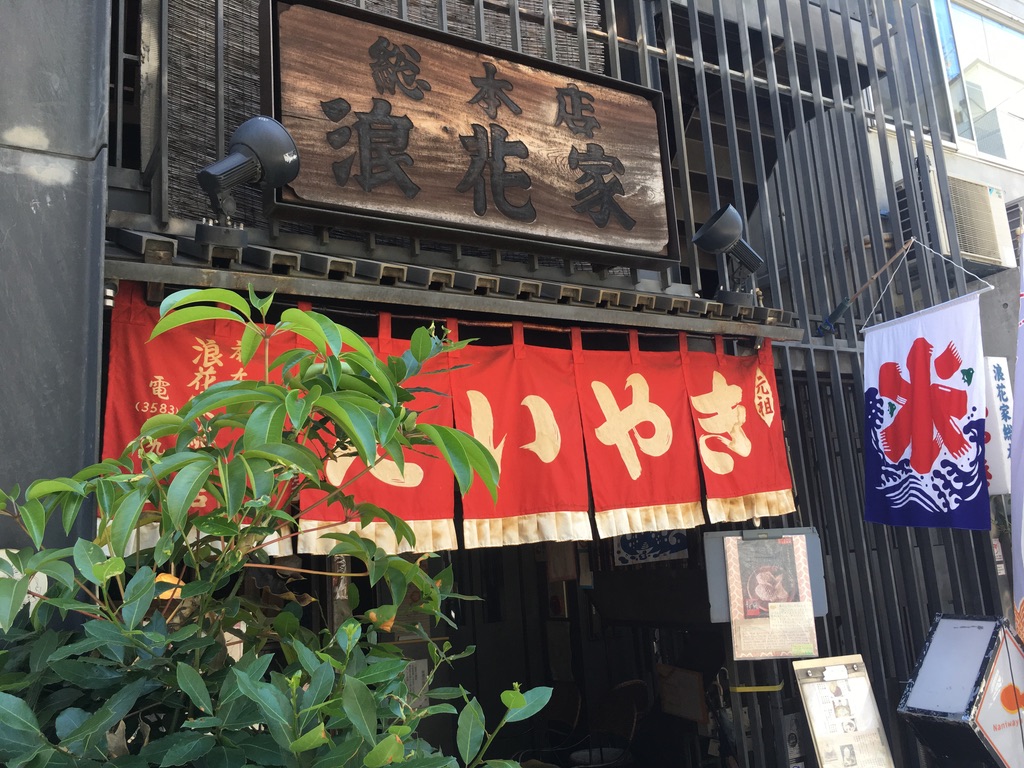Optimizing Smartphones for Success in the Japanese Mobile Market

The Transformational Impact of Smartphones on Lifestyle and Business
When expanding into the Japanese market, customized digital marketing tailored to the Japanese audience plays a crucial role in brand awareness and sales. Among these strategies, it is vital to explore marketing strategies specifically designed for mobile devices. While there are various mobile devices, including laptops, tablets, feature phones, and wearables, the focus here is on smartphones.
Smartphones have been part of our lives for over a decade, significantly influencing both daily activities and business operations. In everyday life, activities such as email, phone calls, social media, and stock tracking are commonly performed on smartphones. The birth of smartphones has also given rise to numerous businesses, some entirely dependent on smartphone usage. Foreign businesses considering entry into Japan might explore smartphone-based businesses, such as app development.
The Landscape of Mobile Devices in Japan
Mobile device adoption rates are exceptionally high in Japan. According to the latest survey by the Ministry of Internal Affairs and Communications, the overall share of mobile devices is 97.3%. Among these, smartphones hold a share of 88.6%, surpassing both PCs (69.8%) and tablet PCs (39.4%).
Surprisingly, even in Japan, a super-aged society, the adoption rate of smartphones is high among the elderly. Despite Japan having the highest percentage of people aged 65 and above globally, with approximately 30% of the population falling into this category, smartphone usage rates are substantial. In specific age groups, the adoption rate is 93% for those in their 60s and 79% for those in their 70s. The accessibility features of smartphones make them user-friendly for the elderly, facilitating easy operation and convenience in daily life. Many elderly individuals also use smartphones as an essential means of communication with family members living in distant locations.
Smartphone adoption has increased by 44% in the last ten years. Even with some elderly individuals continuing to use feature phones, the gradual shift from feature phones to smartphones is expected to further increase smartphone adoption.
By the way, the share of fixed-line phones, which were almost universally installed in households before the widespread use of smartphones and mobile phones, has decreased to 66.5% in the last ten years—a 19% reduction. This trend is likely to continue.
Responsive Design and Content Creation for Smartphone Compatibility
Given the high smartphone adoption rate in Japan, smartphone compatibility is essential when strategizing for the Japanese market. Regarding smartphone compatibility, responsive design is crucial. Responsive design optimizes website display based on the screen size of the user’s device, ensuring a stress-free viewing experience on both computers and smartphones.
The prevalence of responsive design can be attributed, in part, to the significant impact of Google’s mobile-first index. Previously, search engines indexed content based on desktop versions, but this paradigm shifted with Google prioritizing mobile content evaluation. In 2021, Google completely transitioned to mobile-based evaluation. Websites not optimized for mobile devices adversely affect search rankings, making responsive design essential for both user experience and SEO.
However, what’s even more crucial is the need for smartphone compatibility in content creation. Responsive design primarily focuses on the technical aspect, and the content operates under the same assumption. In this situation, images and text that were easily viewable on a computer may result in a scenario where users need to scroll repeatedly on a smartphone. Therefore, optimizing for smartphones involves being mindful of content creation, ensuring a more mobile-friendly website.
In Conclusion
With high smartphone adoption rates in Japan, the ability to cater to smartphones is critical in devising effective digital marketing strategies. In the context of website responsiveness, consumer-facing businesses (B to C) in Japan have embraced mobile-friendly design. However, in the case of businesses targeting other businesses (B to B), employees (B to E), or governments (B to G), many Japanese companies are yet to optimize for smartphones. For foreign businesses contemplating entry into these sectors, ensuring website compatibility with mobile devices can offer significant advantages.
At BizMOWA, we’re here to help you implement effective SEO strategies. We assist you in selecting the right keywords, optimizing titles and headers for SEO, and incorporating Japanese localization into your website.
If you need further assistance with your translation, feel free to ask here.



